The Republic Day Celebrations:
India got independence on the 15th of August 1947. But, she became a Republic on the 26th of January 1950. Republic means a State whose head is elected by the people. It became so by virtue of the new Constitution of free India that came into force on that day. Dr Rajindra Prasad was elected the first President of free India.
Like Independence Day, Republic Day is also celebrated in every village, town and city of India. Its celebration in Delhi has a special significance. It is celebrated at the India Gate at the national level. It is the President of India who unfurls the national flag and takes a salute. People from all parts of the country come to watch the show.
The Republic day procession starts at 8 a.m. A running commentary on the programme is broadcast by the Doordarshan and All India Radio. About 10,000 persons from the Army, Navy and Air Force take part in the procession. The latest armaments inducted into the armed forces are also displayed. Then follows a contingent of Ex-servicemen. Contingents of N.C.C., A.C.C., Boy Scouts and Girl Guides also follow. Pageants from all the States of India also take part. They display their peculiar cultural heritage, industrial and agricultural advances. Teams of students from different schools display their typical items. Soon thereafter, colourful balloons go into the sky and the celebration comes to an end.
National flags are unfurled at state capitals and important cities. This function is celebrated at our embassies in foreign countries also.
Our school also celebrates this function every year. Our Principal hoists the national flag. He recounts the sacrifices made by our great leaders at the altar of freedom. A few other speakers also deliver speeches. After that, a light refreshment is served to the participants.
We should bow our heads to those who sacrificed their everything for national independence. India could become a republic only when it attained independence. The Republican character has enabled every person to take part in the election of the head of the Sate. The election is indirect. But it affirms the supremacy of the people. It affirms that sovereignty lies with the people.
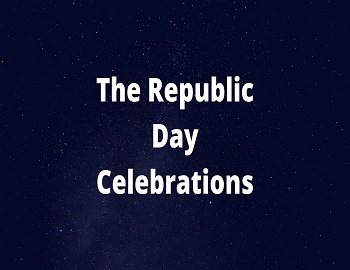


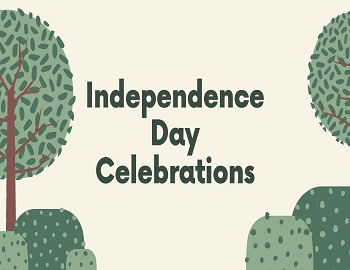
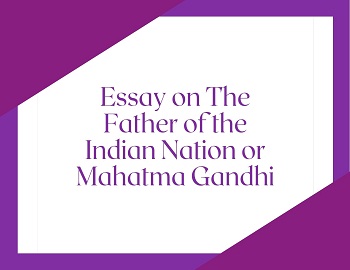
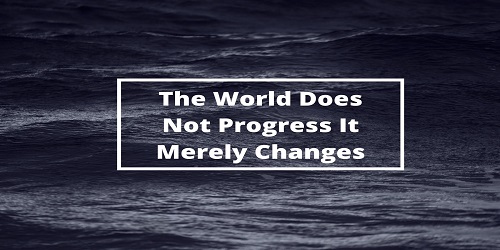
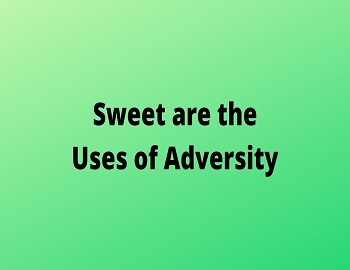
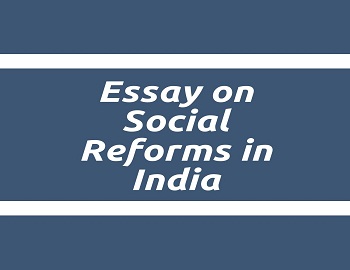
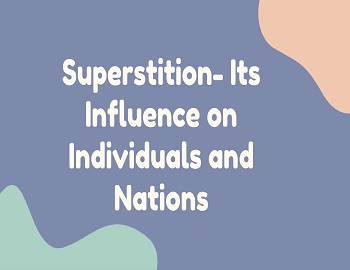
Comments (No)